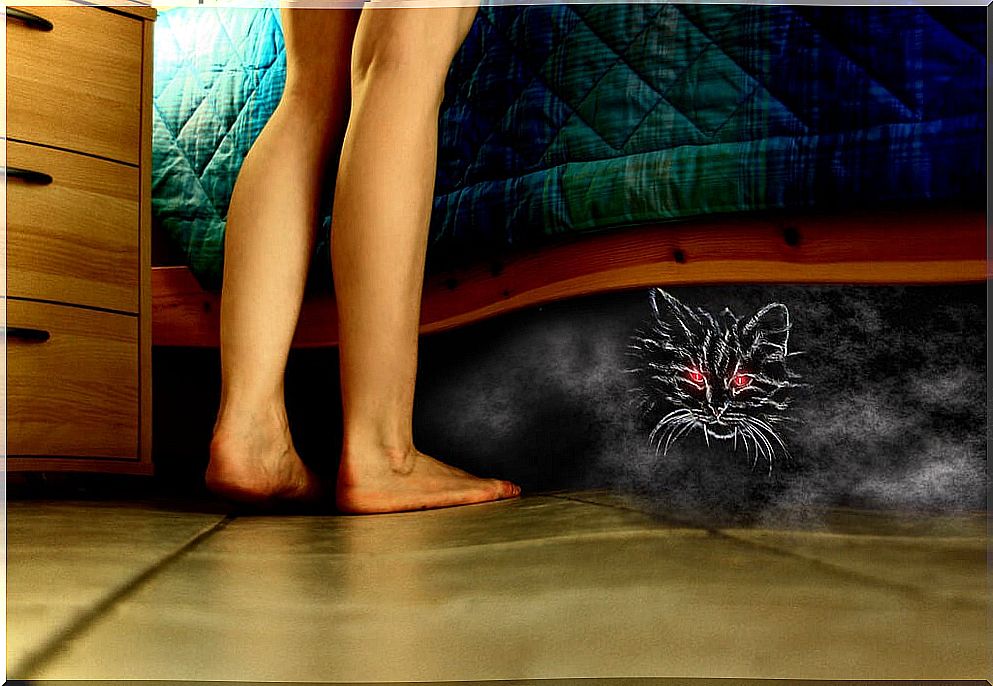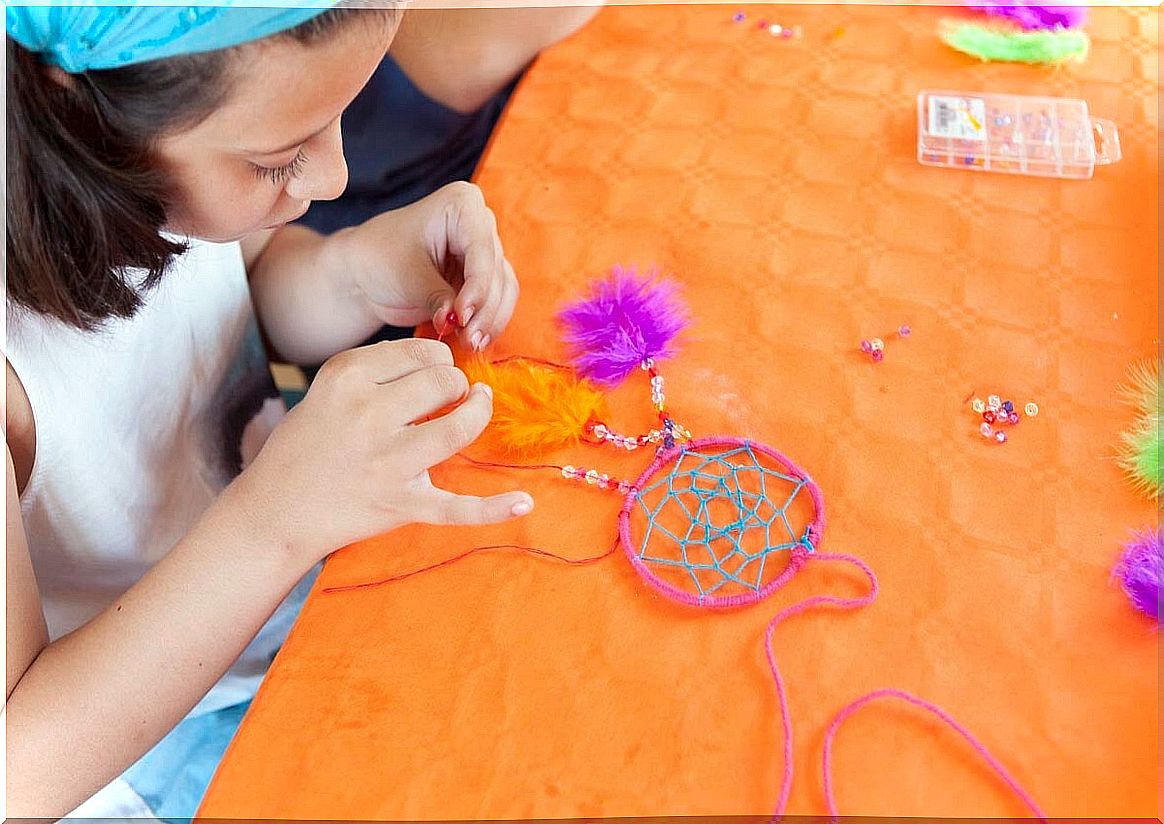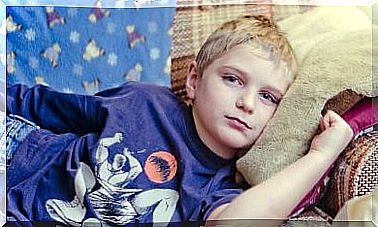Childhood Superstitions: What Should You Know?

Children’s superstitions are popular beliefs that, although they have no scientific basis, determine the bad or good luck of a subject. For example, some people claim that it is bad luck to go under a ladder.
Childhood superstitions that have endured over time
Many superstitions have endured over the years, passed by word of mouth from parent to child. Children’s superstitions do not have scientific support, but they have still managed to remain for centuries in history. Some concern plants, objects, numbers, animals, days of the week, colors and an infinity of elements that make up eccentric and popular beliefs.
Many superstitions are based on the existence of supernatural forces. Superstitious people often believe that some objects or situations symbolize good or evil. Here are some of the most popular children’s superstitions:
The fear of the coconut
The fear of the coconut is a superstition that has its origin in Latin America. Generally, when the little ones do not want to sleep or do not want to pay attention to their parents, they usually tell them: “he will bring you the coconut.” This childish superstition has been maintained throughout the years in all generations.
Origin of the fear of coconut
This superstition has its origin in the fall. At this time the pumpkins were emptied and a nose, mouth and eyes were made to them, until an ugly expression was designed on them. The coconut used to be presented as a ghost with a pumpkin. Over the years, people used this superstition to scare children and make them behave.

The sack guy
Another of the best known children’s superstitions is that of the uncle in the jacket. This superstition has its origin in Spain and, like most popular beliefs, it is used to scare children. The guy in the sack is a superstition very similar to that of the coconut.
Origin of the history of the sack uncle
The origin of this story is based on a former guerrilla named Francisco Sánchez Fernández. This man became a guerrilla to avenge the death of his brother at the hands of the French. His fate was cruel, as he was shot. It is said that his ghost used to go out at night to walk through the streets of France.
Tooth Fairy
This childish superstition is well known around the world. It is said that when children lose a tooth, they can place it under their pillow because during the early morning a magical fairy will come and take it away in exchange for leaving the child a coin.
Origin of the Ada of the teeth
This is one of the best known children’s superstitions and its origin dates back to that of a girl who lost a tooth and decided to sell it. With the passage of time began to c uying the teeth of all the children who mudaban. This story is well known throughout Latin America and Europe.
The colacho
This superstition consists of taking 4 babies and placing them on blankets on the floor. After this a man must jump over the children. Thus, all future infant sins are believed to disappear. Some people believe that the baby will grow stronger this way.
Origin of colacho
This childish superstition stems from the Catholic Church’s belief that all human beings are sinners. That is why the Catholic Church thinks that children should be stripped of their possible sins from the first year of life and thus begin to draw closer to God. Every year in a small town in Burgos, Spain, the fiesta del colacho is celebrated, and a man dressed in yellow makes a big jump over four babies who are lying on the ground.
Recently the Pope has asked to desist from this practice due to the danger it represents for the little ones. However, the custom is deeply ingrained and it is difficult for the locals to abandon it.
The tooth fairy
The tooth fairy is very similar to the tooth Ada. This childish superstition is based on the idea that a mouse takes children’s teeth.
Origin of the tooth fairy
This superstition comes from Europe. It is said that when a child loses a tooth he should place it under the pillow, then the little mouse will come and take him away, in exchange for leaving him a ticket. Its origin is due to a short story by an 18th century French author, Baroness d’Aulnoy, who wrote La Bonne Petite Souris.
The black cat
This superstition is very common among children. Many people think that black cats are bad luck, and therefore few people have pets of this color.
Origin of thinking that black cats are bad luck
This myth dates back to the Middle Ages, when witches used black cats in their rituals. Over the years, people began to believe in the idea that if a black cat approached someone it would bring them bad luck.

Breaking a mirror inside a house
The breaking a mirror inside the house is one of the superstitions that have greater force. This superstition is found in other parts of the world, but it is especially recognized in Latin America.
Source
In the past people thought that demons lived in mirrors, that is why it is believed that when one is broken, this supernatural being comes out and insists on making life impossible for the person who has broken it.
Spill out salt
It is not strange to hear when someone spills salt the typical phrase of: “you’re going to have bad luck.” Many people from all over the world think that spilling salt will bring hardship to the person who caused it and their family.
Origin of superstition
The most widespread origin of this superstition dates back to the time of the apostles. At the Last Supper, Judas, the apostle who would deliver Jesus, poured out salt, which is why this practice is thought to bring bad luck.
Although some may seem absurd to us, many people are carried away by this type of myth or legend. Most superstitions have to do with supernatural or magical forces, that is, issues that unwittingly often escape our understanding. That is why, although none of them have scientific bases, more and more people assure that they are true.










